Transcription of Right Sided Congenital Diaphragmatic Hernia, an …
1 Journal of Pediatrics and neonatal care Right Sided Congenital Diaphragmatic Hernia, an Operative Challenge Volume 2 Issue 3 - 2015 Abdulrahman Almaawi1*, Prasad DRK1, Zakaullah Waqasi1, Ghassan Alkouder1, Abdulla Alsharani2, Ahmed Aref2 and Ahmed Safwat21 Department of Pediatric Surgery, King Abdullah Hospital, Saudi Arabia2 neonatal intensive care unit, King Abdullah Hospital, Saudi Arabia *Corresponding author: Abdulrahman Almaawi, Director of Infection Prevention & Control dept., Consultant pediatric surgeon, Department of Pediatric Surgery, King Abdullah Hospital, Po box 60, Bisha, Saudi Arabia, Tel: 0581505050; Fax: 0176209784; Email: Received: April 12, 2015 | Published: June 02, 2015 AbstractCongenital Diaphragmatic hernia is one of the most challenging malformations associated with high mortality.
2 Right side Diaphragmatic hernia is rare (20%) as compared to left side (80%) with overall incidence of 1 in 5000 live births. Risk factors associated with poor outcome include low birth weight, prematurity, associated structural anomalies, and chromosomal defects. This is a case of isolated CDH diagnosed post natally, respiratory distress started immediately after birth, with herniation of Liver in to Right hemi thorax, wide Diaphragmatic defect, severe pulmonary hypertension and no structural defects. The successful Post natal management of this case with high frequency oscillatory ventilation and diligent operative technique, and institution of muscle paralysis (atracurium infusion) in the postoperative period has yielded optimum result in this case.
3 The inpatient stay was for 25 : Congenital Diaphragmatic hernia; Abdominal; Tracheal; StabilizationSubmit Manuscript | Pediatr neonatal care 2015, 2(3): 00074 Abbreviations: CDH: Congenital Diaphragmatic Hernia; LHR: Lung to Head Ratio; MRI: Magnetic Resonance Imaging; HFOV: High Frequency Oscillatory Ventilation; CT scan: Computed Tomography Scan; NICU: neonatal Intensive care Unit; ECMO: Extracorporeal Membrane OxygenationIntroductionEmbryologically the diaphragm develops during the 8th and 12th week of gestation. Septum transversum separates the thoracic from abdominal cavity, later muscle fibres migrate in to this membrane.
4 Left side defects are more common due to the late closure of this membrane. The loss of lung development can be explained by loss of space to develop, but other structural deficiencies are added bronchial, vessel and alveolar membrane deficiencies. Because the abdominal contents have migrated, the abdominal cavity will not grow as much. Then after surgical correction it may be difficult to reduce all organs in to abdominal cavity without pressure. Prenatal imaging provides valuable information. The diagnosis of CDH can be made prenatally by Ultrasonography in 90% of cases. Typically this is diagnosed at the 24th week of gestation, but some have reported diagnosing it as early as 11th week.
5 Fetal ultrasound findings include polyhydramnios, bowel loops in the chest, echogenic chest mass. Two distinct features have been used to risk stratification:i. Low lung to head ratio (LHR) ii. Liver herniation in to the in accordance with age is well defined. LHR more than is considered as borderline or high risk group at 28 weeks of gestation. Survival based on liver herniation alone is 43% as compared to 93% survival without herniation. Foetal MRI has been used as an adjunct to evaluation of foetal lung volume and liver herniation. Prenatal diagnosis of CDH provides an opportunity to optimize the prenatal and post natal care .
6 Newborns with CDH present with respiratory distress, these infants will have a scaphoid abdomen and increased chest diameter. Bowel sounds can be heard in the chest. The diagnosis of CDH is made with ease by chest post natal therapy is targeted at resuscitation and stabilization of infant in cardiopulmonary distress. In severe cases prompt endotracheal intubation is warranted. Initial mechanical ventilation should be utilized for stabilization. Pulmonary hypertension and associated cardiac anomalies are evaluated with echocardiography. The timing of operative procedure is based on clinical judgement and surgeon s Report A newborn male with a gestational age of 38 weeks delivered by simple vaginal delivery, weighed kg, born with weak cry, dusky color, intubated and connected to ventilator (HFO ventilation was instituted with mean pressure of 13, FiO2 100%, ABG PH , PCO2 , PO2 , HCO3 ) his preductal SPO2 95% and post ductal SPO2 85% difference by 10.
7 The chest X-ray and CT scan has confirmed the presence of Right Congenital Diaphragmatic hernia. Echo has revealed severe pulmonary hypertension (55-60mm). The rest of the investigations are normal. Neonate was taken up for Surgery after stabilization (Figure 1 & 2).Surgery was performed by Right transverse abdominal incision. The entire liver was intra-thoracic along with intestinal loops. Liver was twisted by 90 degrees in the thoracic cavity. Stomach and Spleen were found in the abdomen. Only a thin rim of diaphragm on the anterior aspect was present, and the posterior rim was absent. The Right lung was very small in size.
8 The liver could be brought down to the abdomen with difficulty, and the intestinal loops were reduced. Repair of the diaphragm was achieved by placing sequential sutures through the anterior rim Case ReportRight Sided Congenital Diaphragmatic Hernia, an Operative Challenge2/4 Copyright: 2015 Almaawi et : Almaawi A, Prasad DRK, Waqasi Z, Alkouder G, Alsharani A, et al. (2015) Right Sided Congenital Diaphragmatic Hernia, an Operative Challenge. J Pediatr neonatal care 2(3): 00074. DOI: the pleural flap. On lay gortex patch was kept. The abdomen was closed primarily without much tension. Post operatively baby was returned to NICU and kept on High Frequency Oscillatory Ventilation.
9 Atracurium infusion was started and infant was kept paralyzed for initial four days. The baby was started on Nasogastric Feed on the fifth post operative day, initially half strength, and later full feeds. The chest x ray on the Seventh post operative day has shown partial expansion of Right lung, and was weaned from ventilation after two weeks. The baby had a remarkable recovery and was discharged on twenty-fifth post operative day, and is under follow-up (Figure 3 & 4).Figure 1: X-ray chest showing Right Congenital Diaphragmatic 2: CT scan of chest showing liver at the level of 3: Chest X-ray on first post operative day with no intercostal 4: Chest X-ray before dishcarge showing good Right lung Sided Congenital Diaphragmatic Hernia, an Operative Challenge3/4 Copyright: 2015 Almaawi et : Almaawi A, Prasad DRK, Waqasi Z, Alkouder G, Alsharani A, et al.
10 (2015) Right Sided Congenital Diaphragmatic Hernia, an Operative Challenge. J Pediatr neonatal care 2(3): 00074. DOI: CDH was regarded a surgical emergency and the new born was rushed to the Operating Room for surgical correction. In 1987 Bohn et al. [1] proposed a period of medical stabilization and delayed surgical repair in an attempt to improve the overall condition of the neonate. There is no prenatal diagnosis of CDH in this case, and the respiratory distress started from the time of birth which constitutes this to be a high risk case. Three prenatal features (liver herniation in to thorax, low lung to head ratio, and diagnosis before 25 weeks gestation) are likely to have a poor outcome with conventional treatment [2].
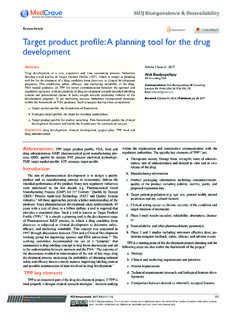
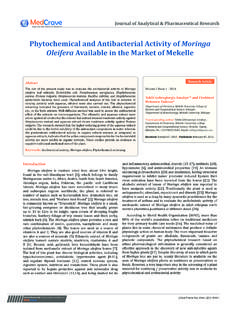
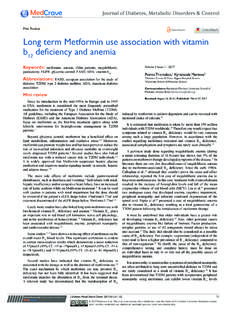
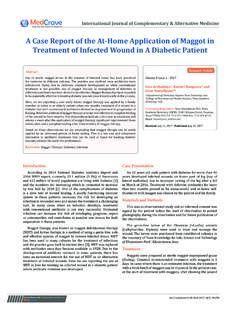
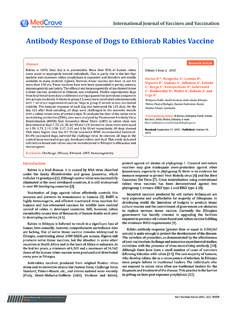
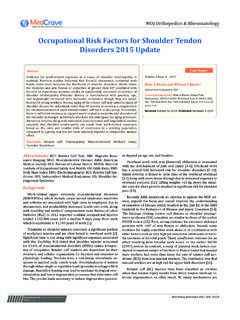

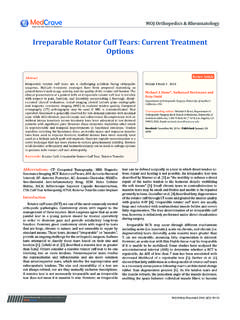
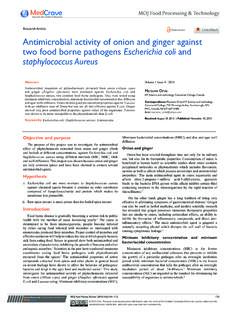
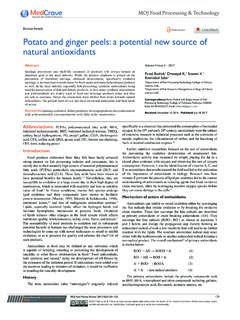

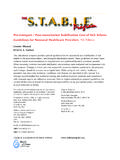
![Pneumonia (Ventilator-associated [VAP] and non …](/cache/preview/d/3/6/5/6/9/b/6/thumb-d36569b6dc8a7d8c6714d2f268ee79b7.jpg)


